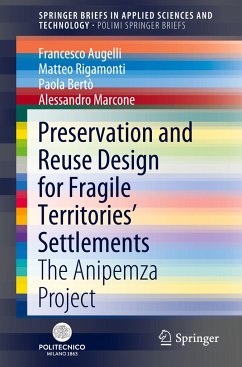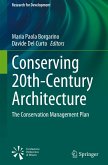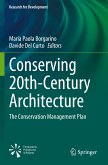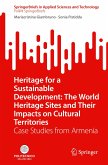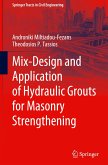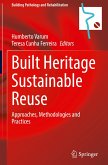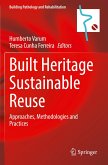This book reports on an architectural conservation and reuse project in Anipemza, an Armenian Soviet-era village on the Turkish border, just a few steps away from the important Yererouyk archaeological site. Based on current tourist trends, the book suggests the development of a social system and micro-economic reactivation model to endorse the territory's numerous cultural resources and preserve the memory of the village that housed the genocide orphanages and the many other stories associated with the village. Further, the development of sustainable tourism will lead to an improved relationship between locals and visitors. Examining the development of a system of strategies able to cope with the existing social, economic and hygiene problems as well as the architectural preservation aims, the book provides valuable guidelines for the local community.
Bitte wählen Sie Ihr Anliegen aus.
Rechnungen
Retourenschein anfordern
Bestellstatus
Storno

